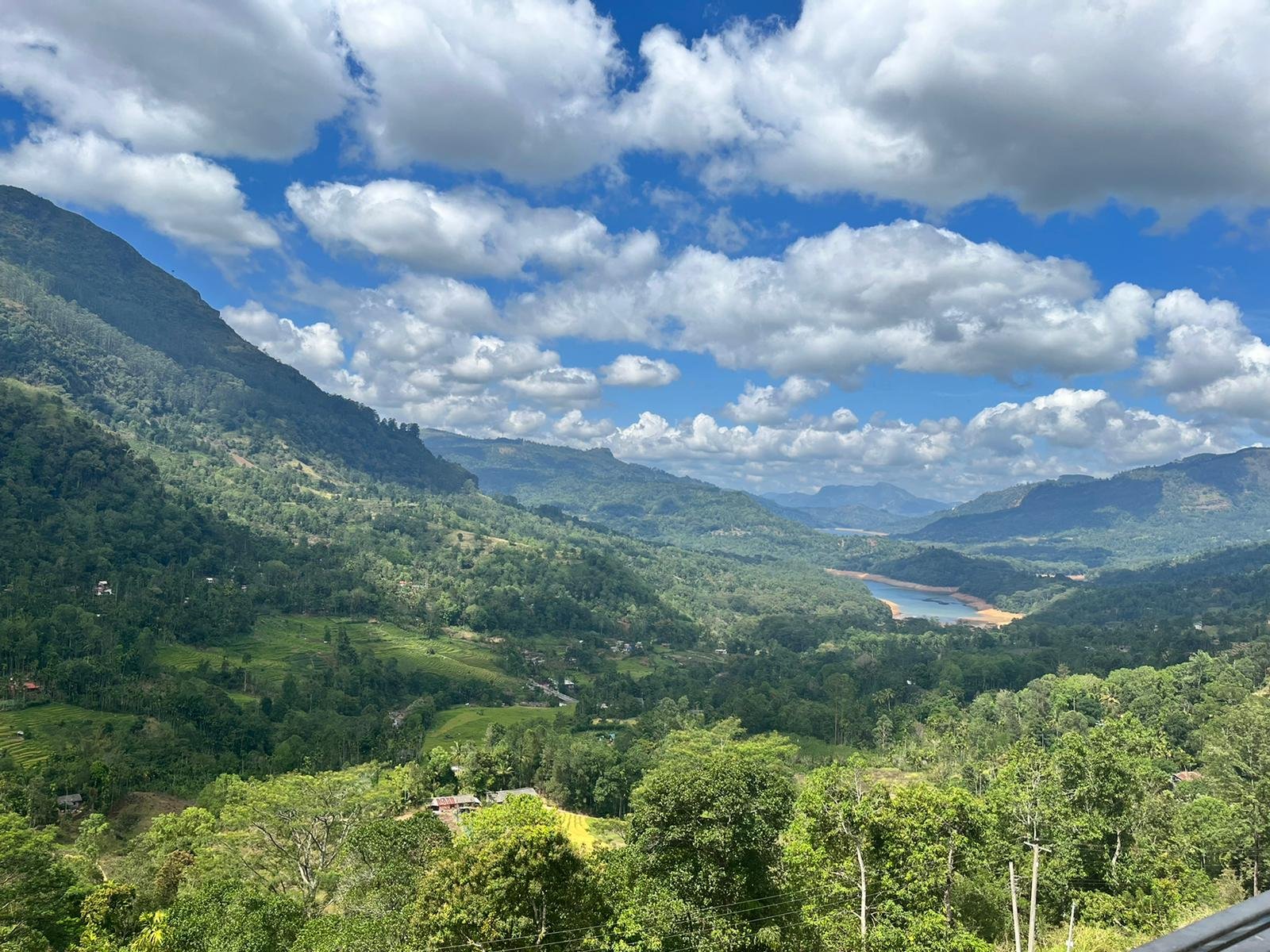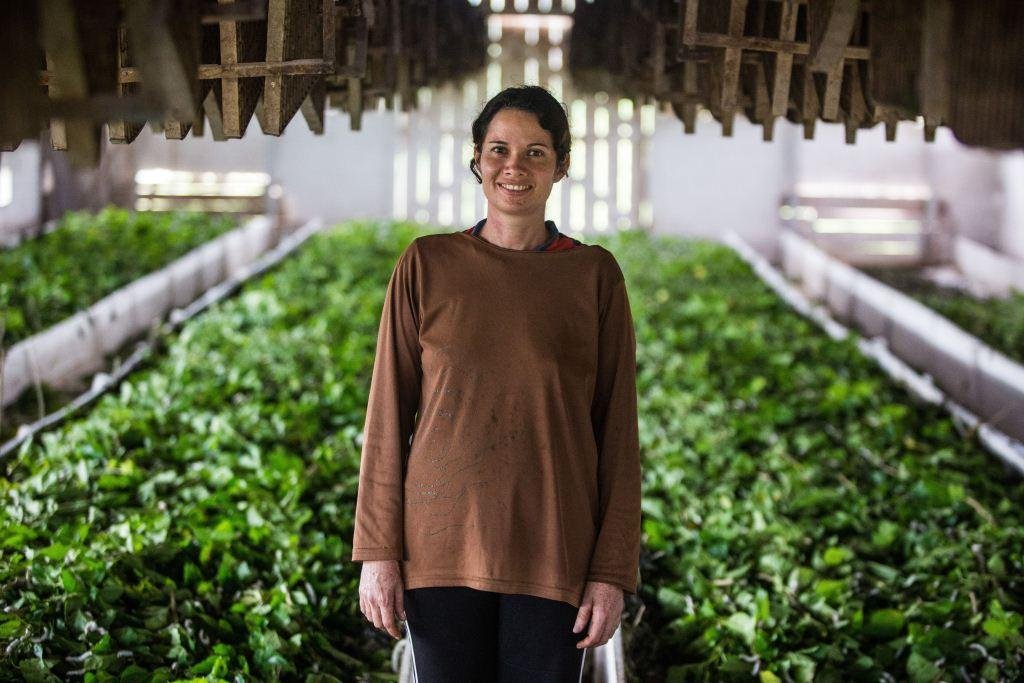

Navigating the Maze: How EU Green Legislation Could Reshape the Cotton Industry
How proposed EU green legislation might impact the cotton sector.


The French Product Environmental Footprint (PEF) and Environmental Cost for Textiles - a Brief Primer
Our research highlights just a handful of considerations that we believe are already sufficient to place a question mark on the advisability of the French PEF going ahead as planned.

European Union Ecodesign for Sustainable Products Regulation
Our analysis considered the draft JRC Report in light of A. Consistency with the European Union’s global commitments. B. Extent, Depth, and Validity of The Data Used to Inform The Information and Performance Requirements.
Regrettably, the proposed ESPR fails on both counts.

Final Statement for the ICAC
To complete and complement the ICAC’s republication of my recent work on the Great Greenwashing Machine, I was asked to reflect on what progress (if any) has been made; where we go from here; and who needs to be involved on that journey.

Weighting - what it does, and why it matters.
1. The weighting of the European Union’s (EU) Product Environmental Footprint, or PEF, is wrong.
2. We must focus on climate change
And
3. Not all climate emissions are equal. Climate impact must be weighted - and not just in the PEF, but in all LCAs - whilst water and land probably should not be.

The Role of Natural Fibers in Sustainable Solutions
Terry Townsend, Cotton Analytics & Veronica Bates Kassatly, Independent Analyst
Presented by Terry Townsend on the Jubilee of the 85 th Anniversary of the Court of Arbitration At the Gdynia Cotton Association, 7-8 September 2023
The Role of Natural Fibers in Sustainable Solutions. Sustainability Includes Justice, Justice Requires Access to Technology



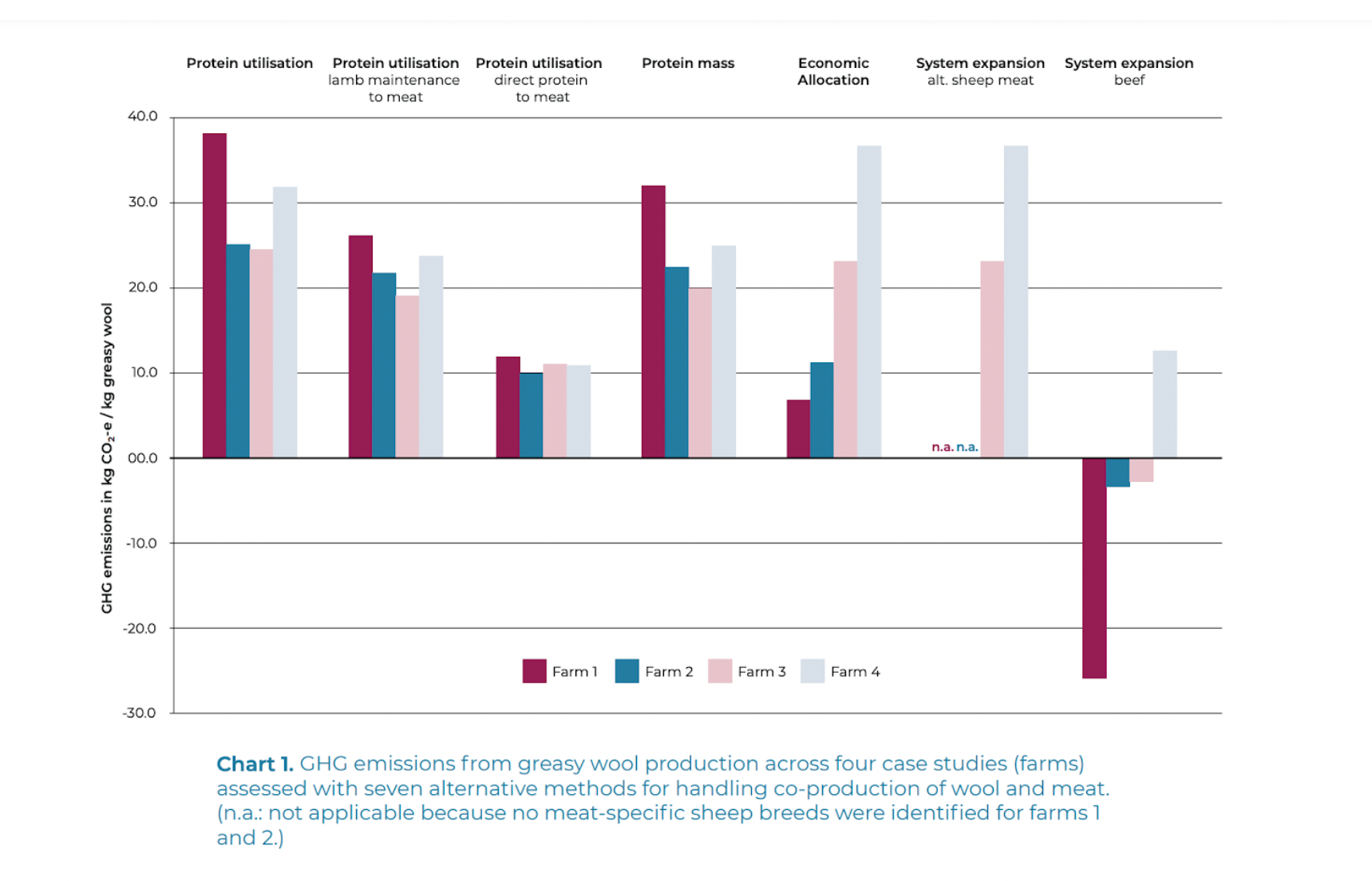

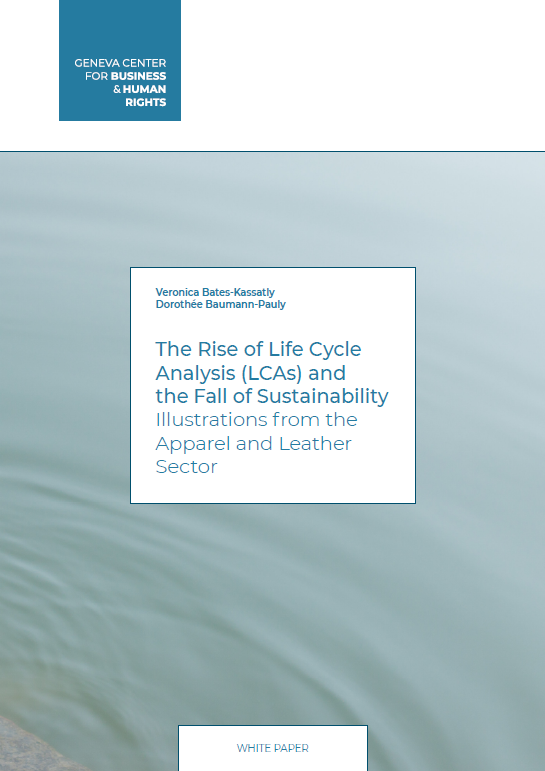
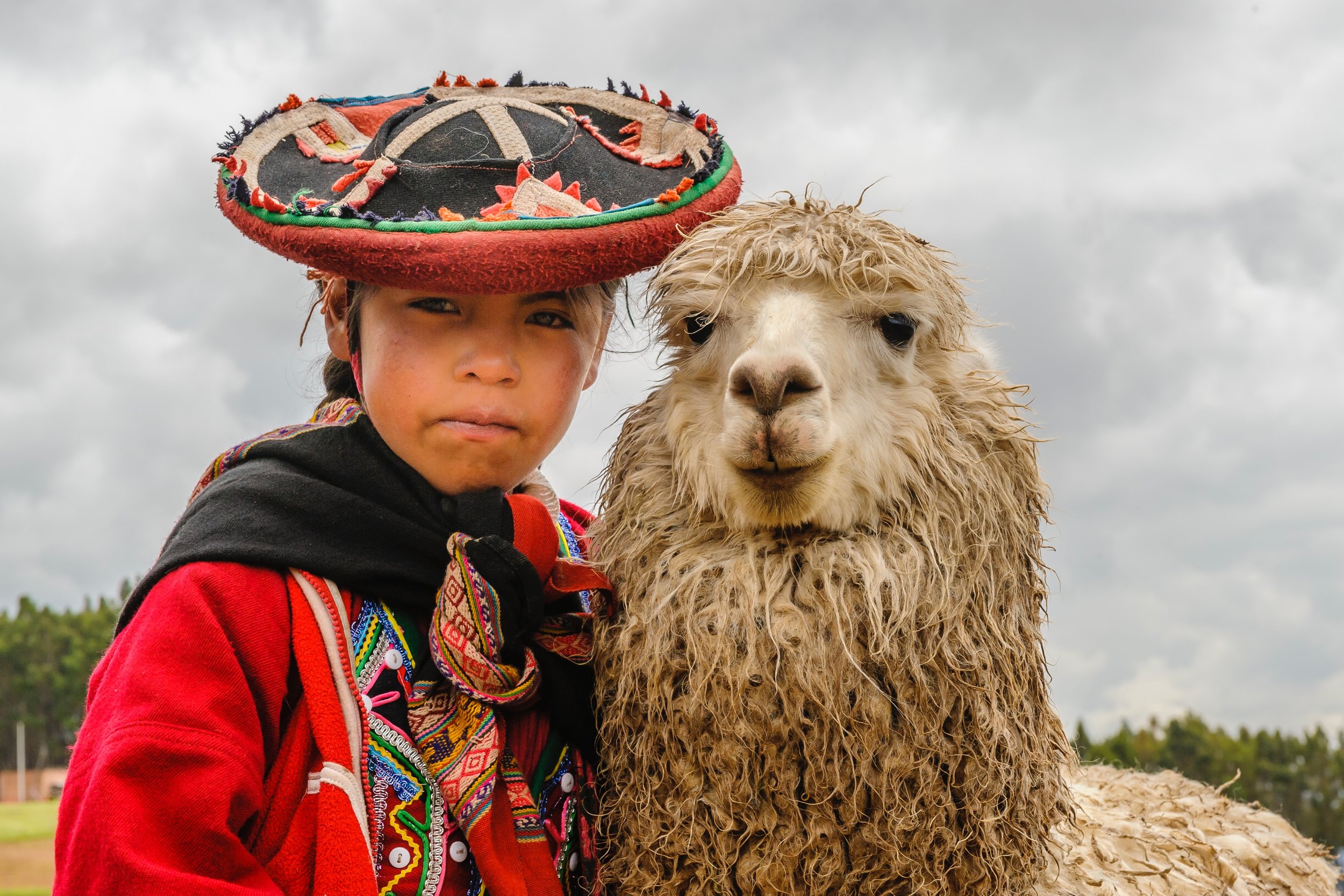
Alpaca Stories Part 3: When PETA Strikes, Certifications Follow
In the third and final article, we take a closer look at the claims for alpaca made by the ‘sustainable’ apparel sector. I walk through how these claims prioritize a global north perspective that diminishes the most disadvantaged, those in the global south who are producing the fiber. We conclude with an understanding of how the claims of ‘environmental harm’ are contributing actual harm to the livelihoods of small-scale alpaca farmers.

Alpaca Stories Part 2: Fibs, Lies, and Falsehood
In my last article: Alpaca – more prized than gold by the Incas, still scorned by the west?, we price checked alpaca against other fibers – it’s expensive. As discussed in my previous articles on silk, this means that there is an economic incentive for brands and their funded initiatives to portray alpaca as environmentally harmful. Do they? And if so, is it justified?

Alpaca Part 1: More Prized Than Gold by the Incas, Still Scorned by the West?
llamas and alpacas are one of nature’s many miracles – a creature that can turn habitats otherwise incapable of supporting human life, into homelands for the pastoralists who depend upon them.
